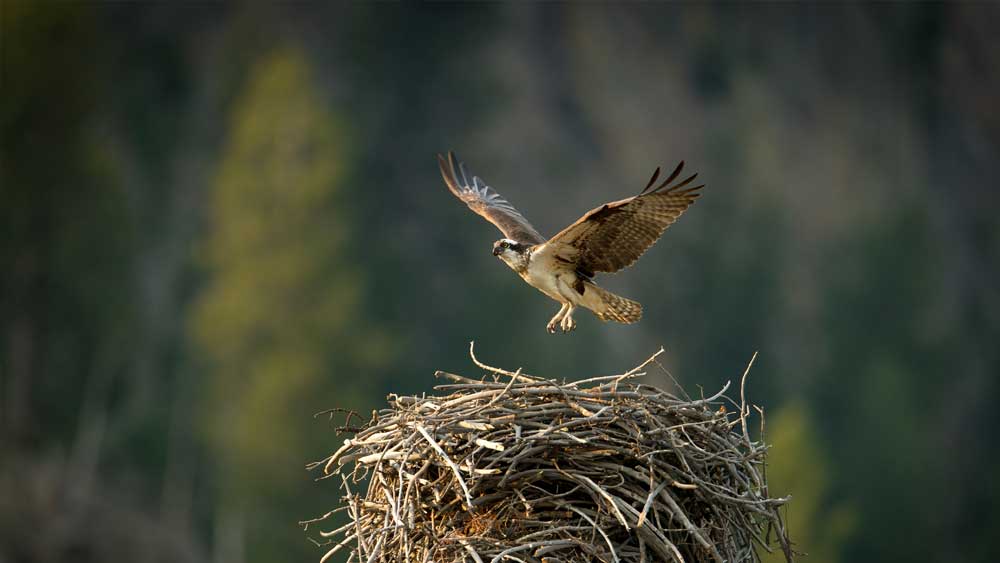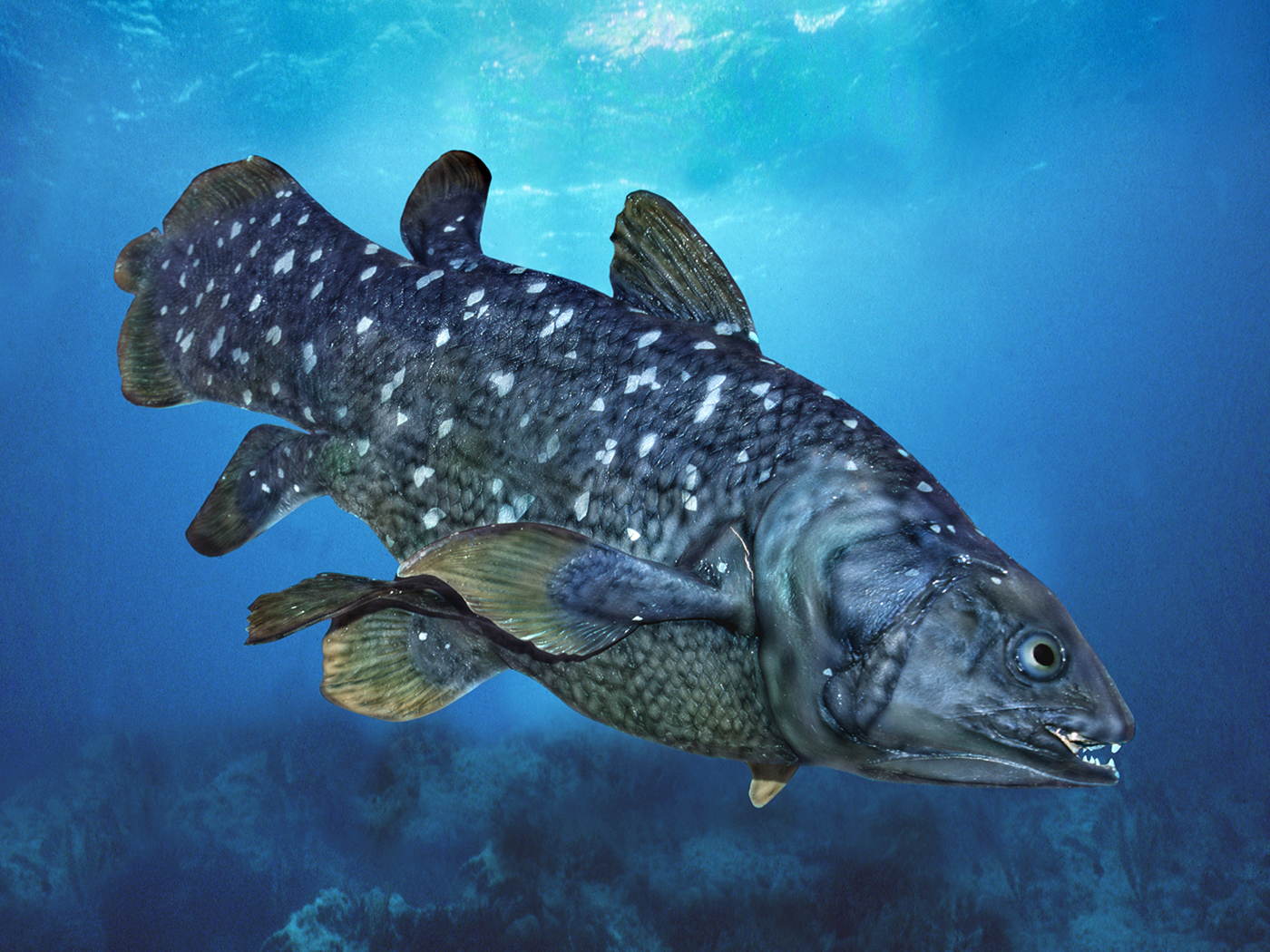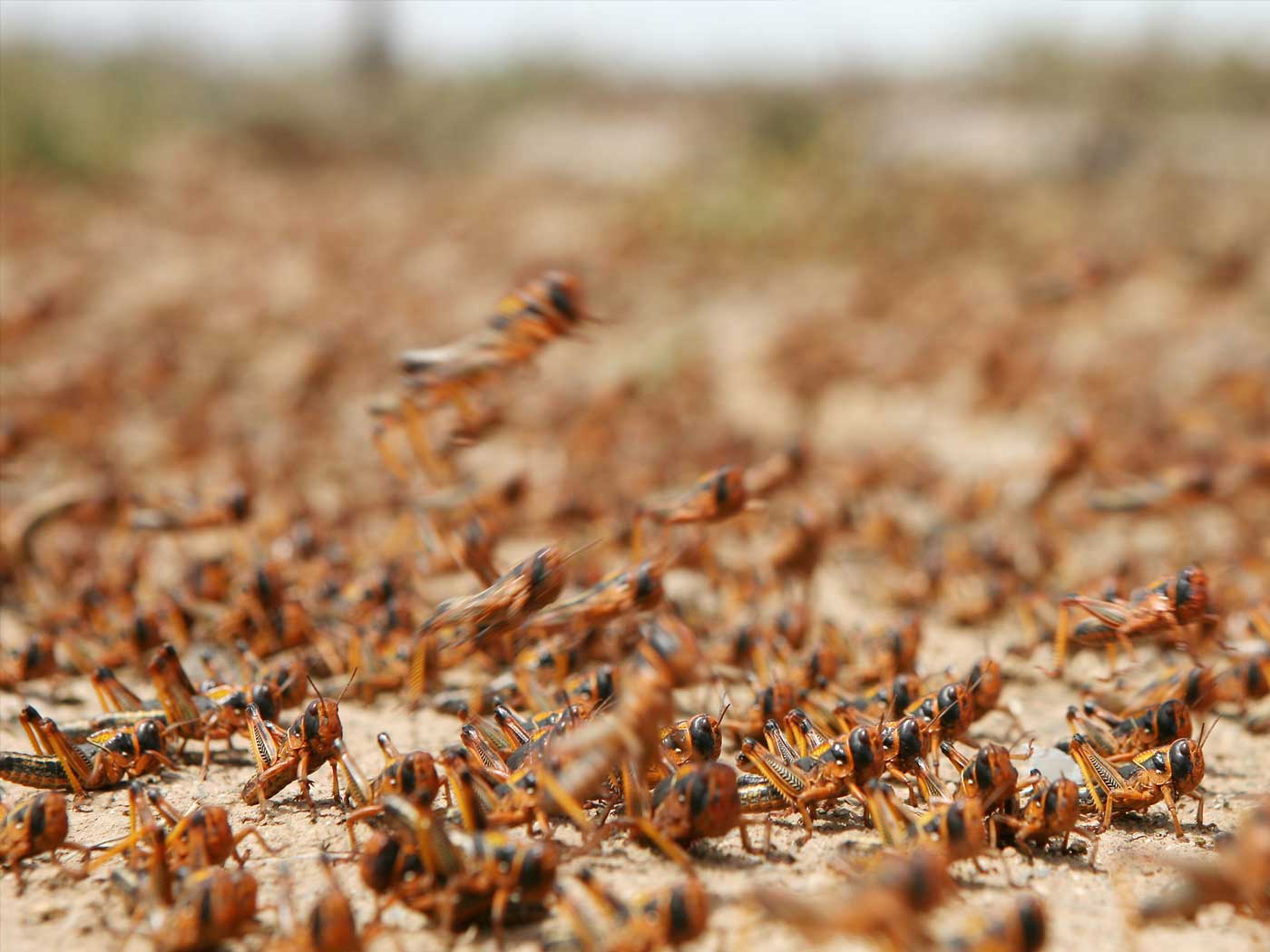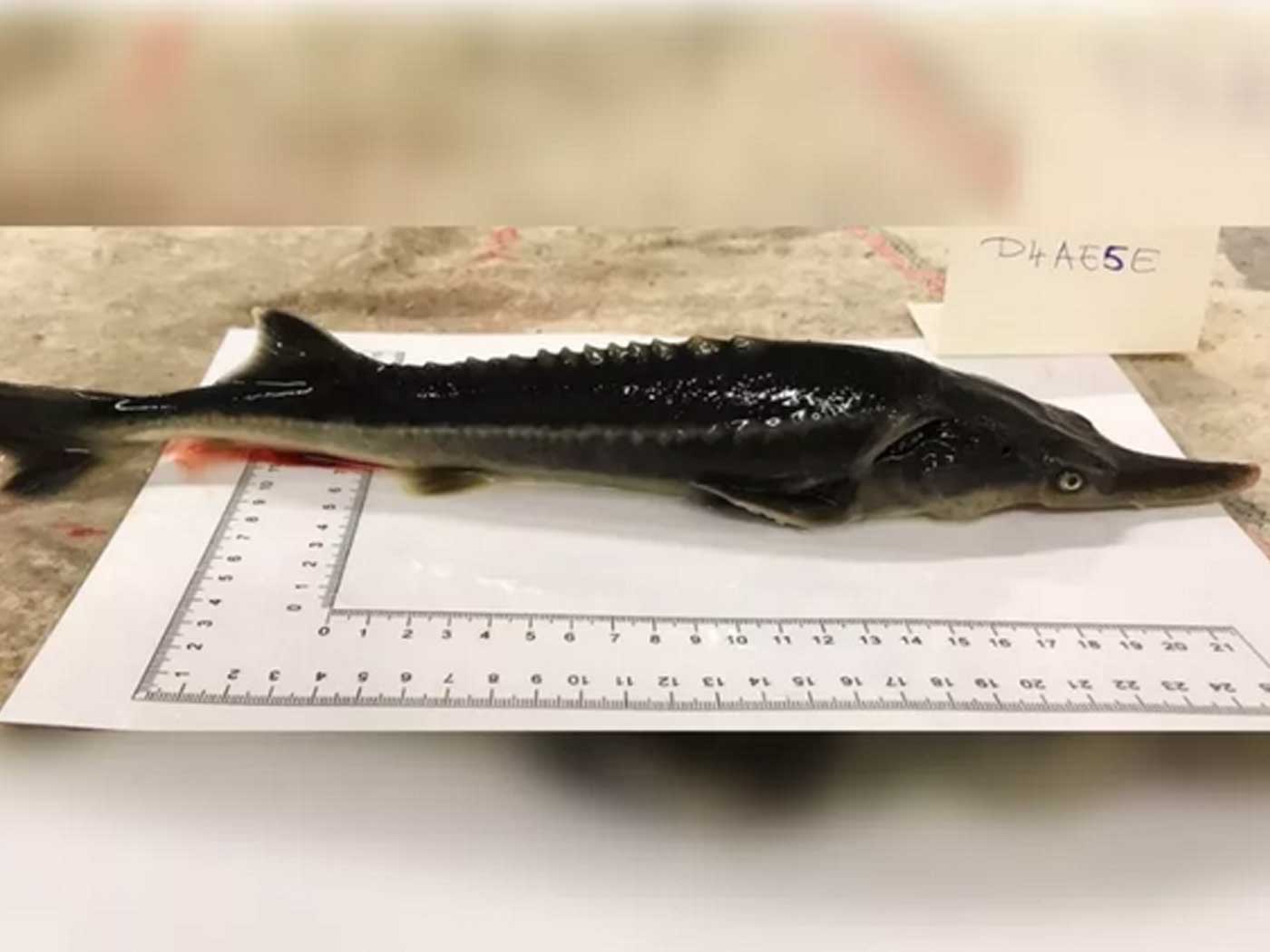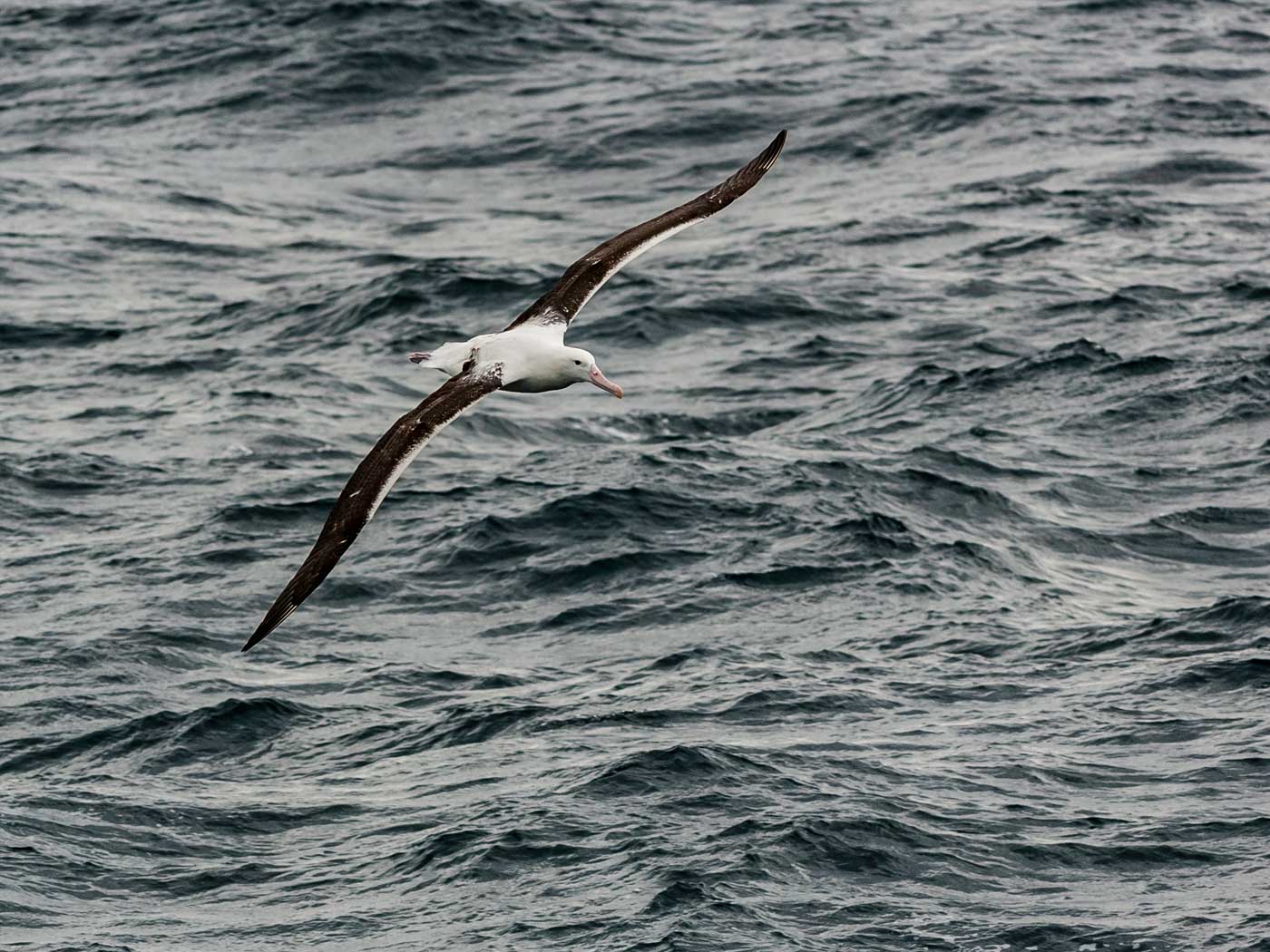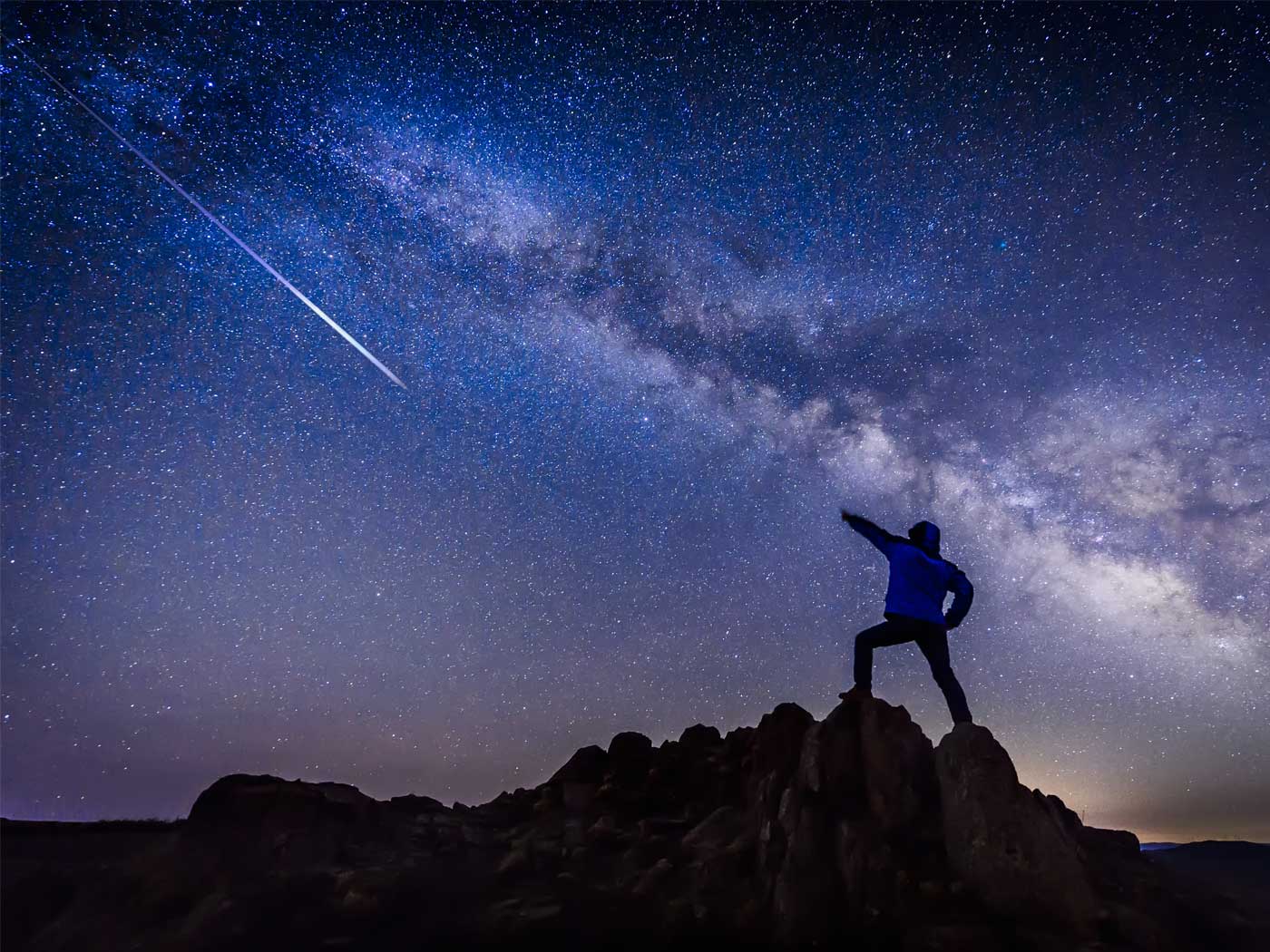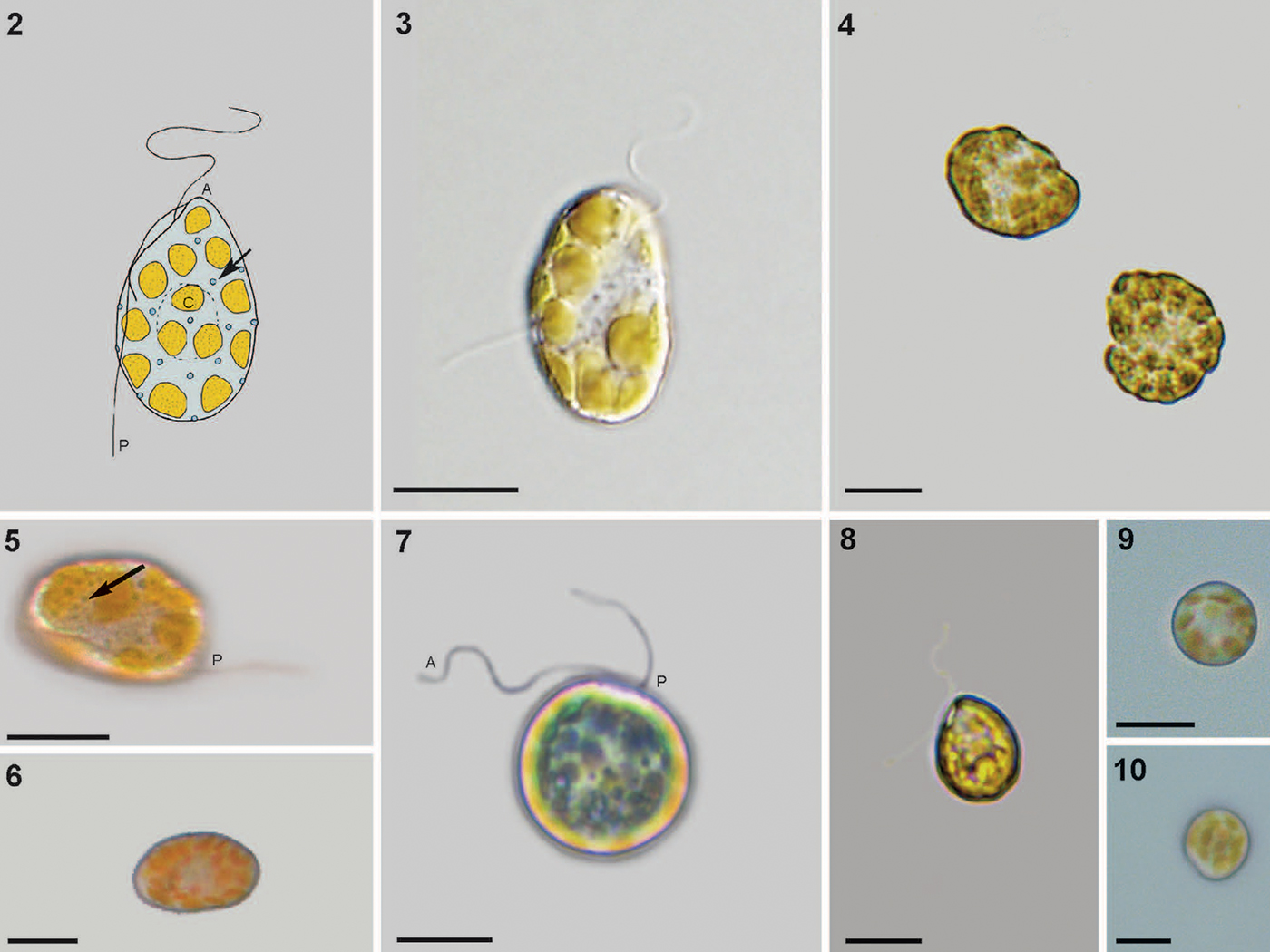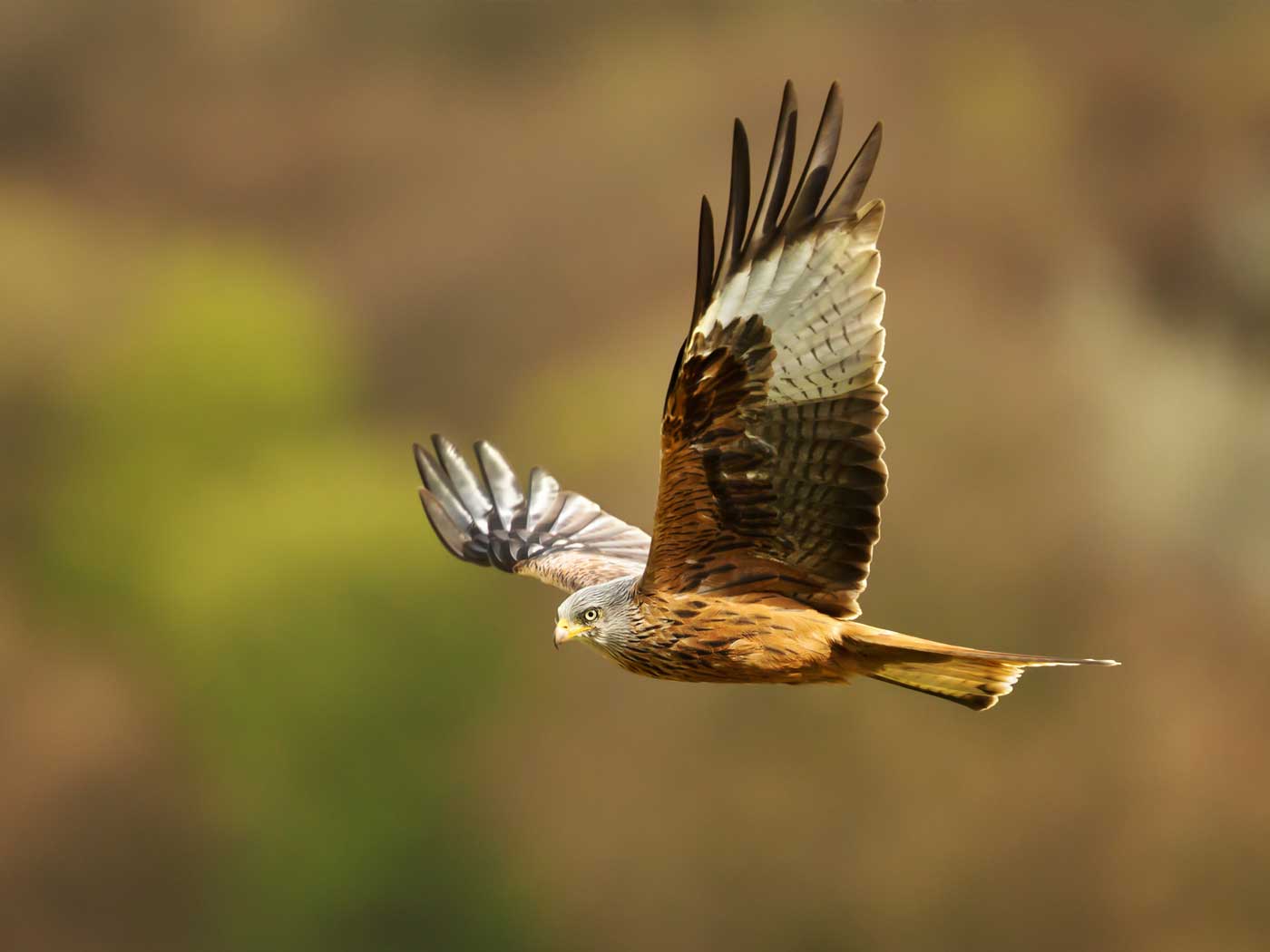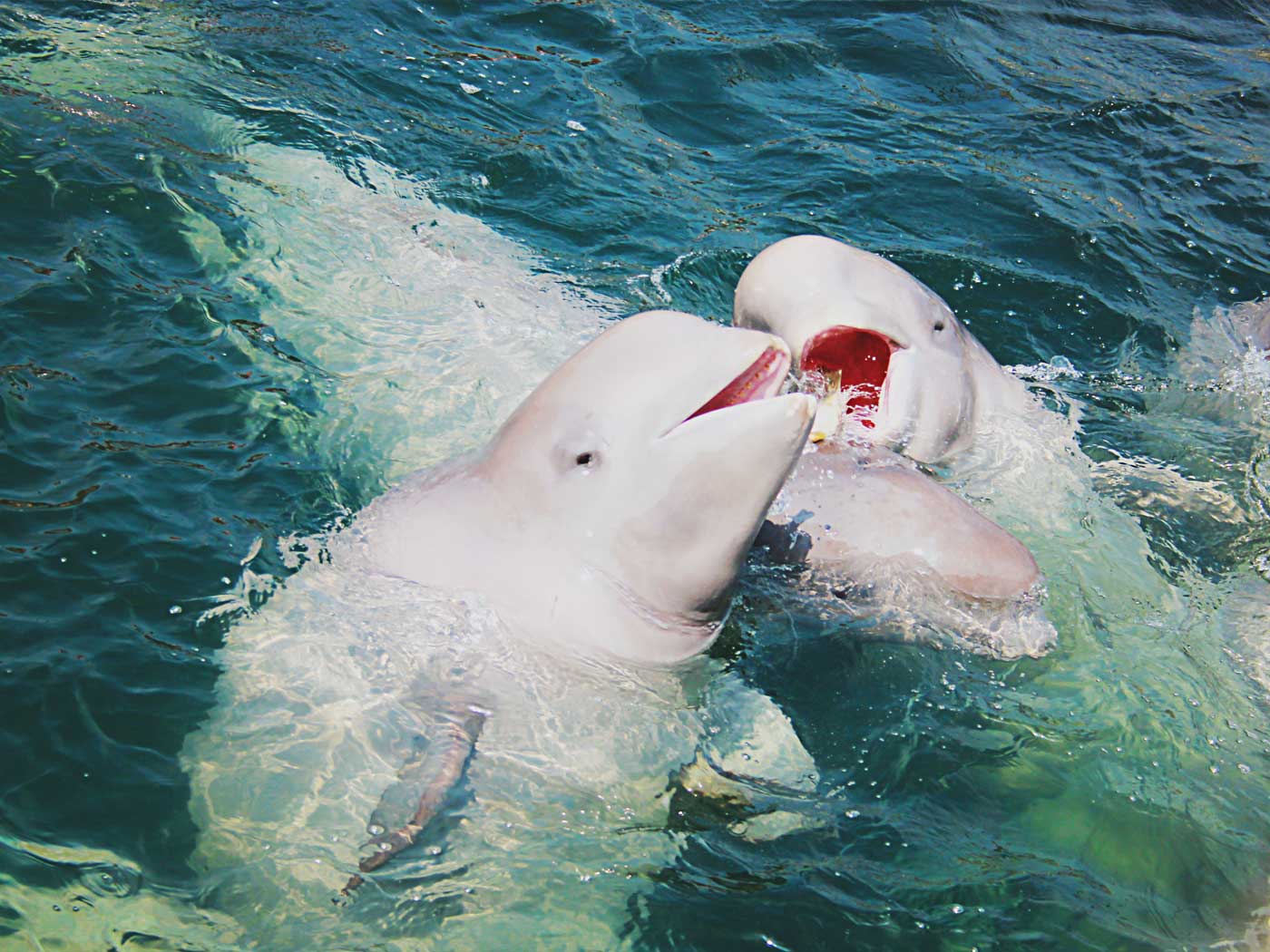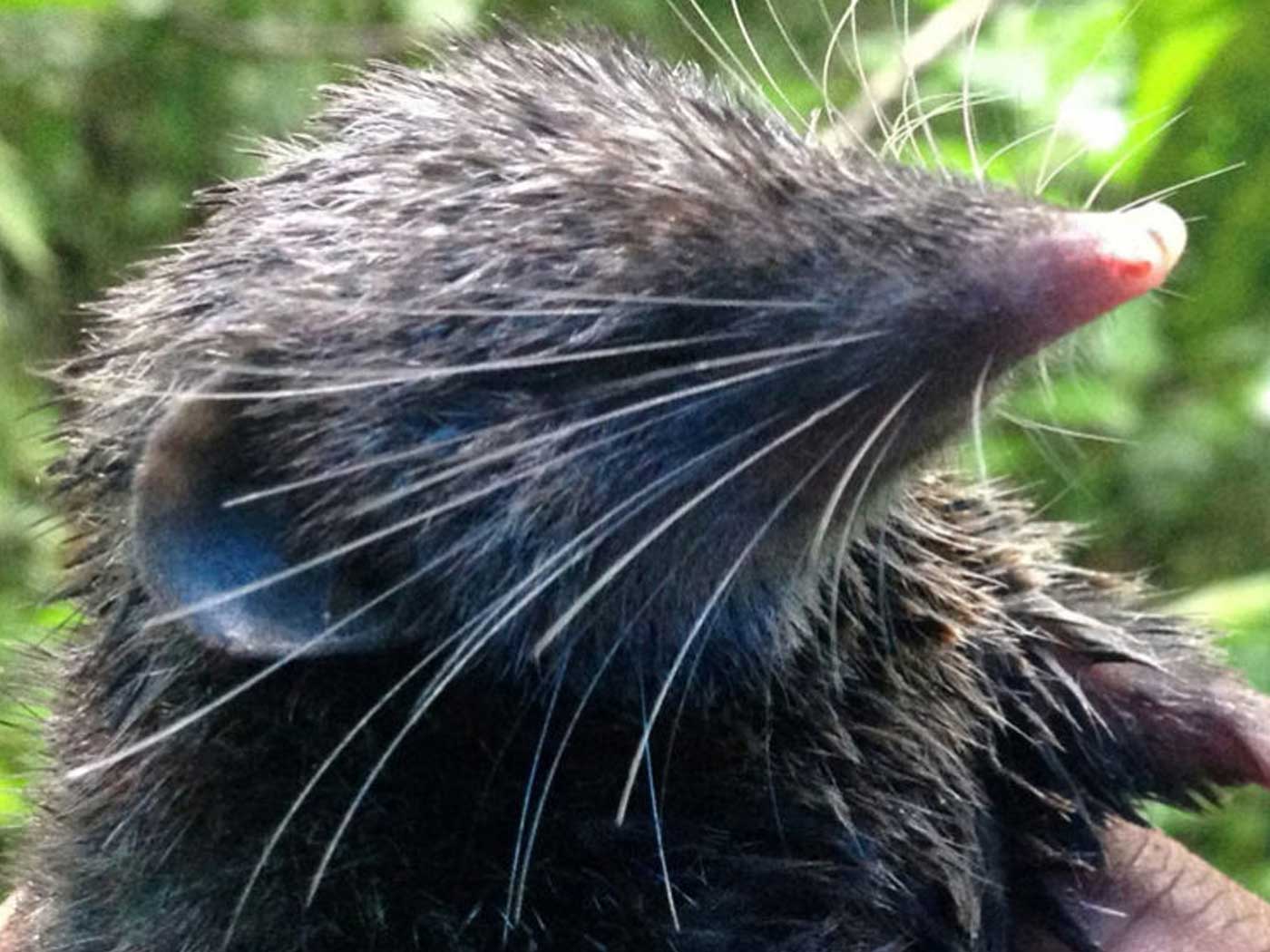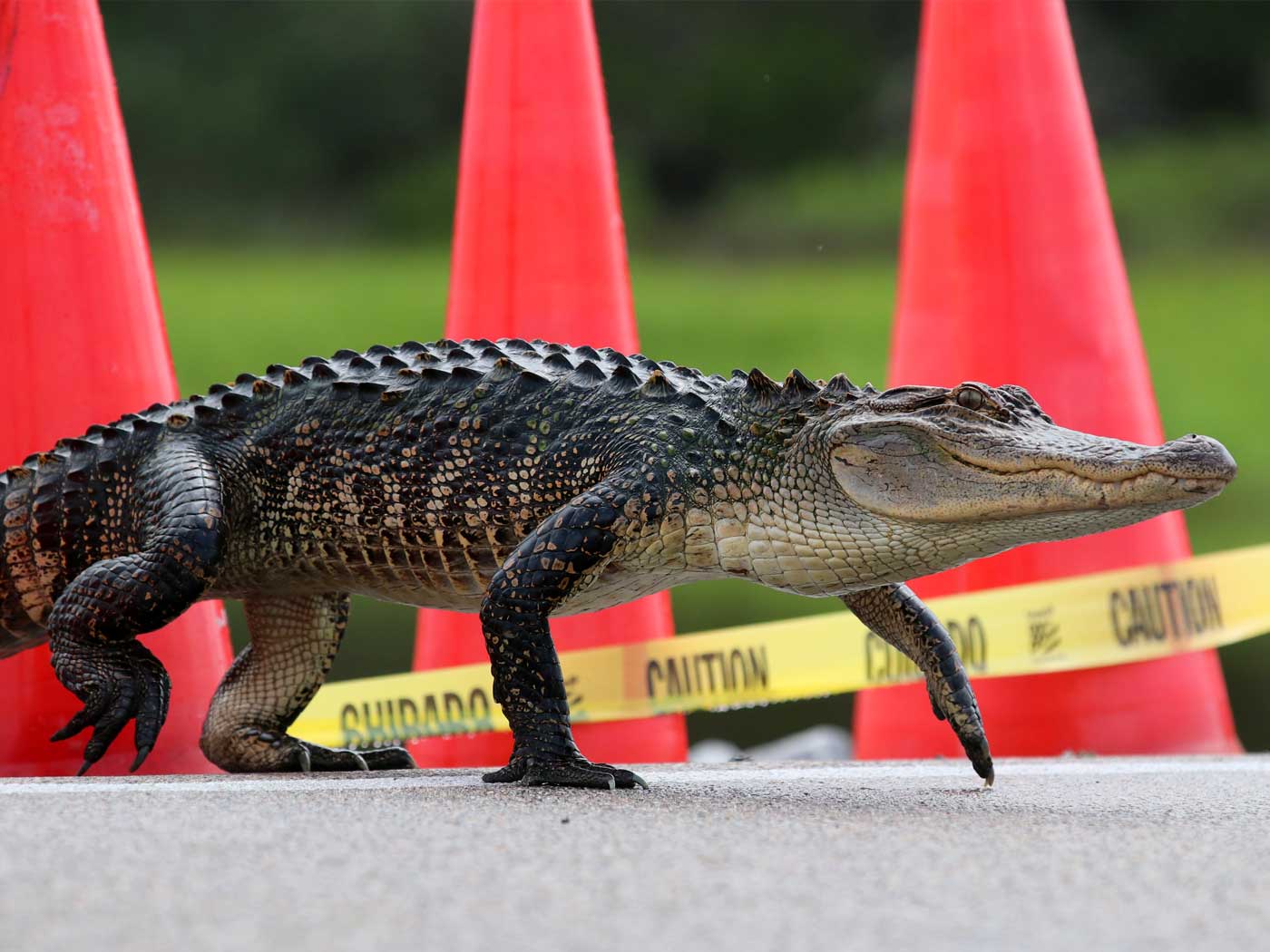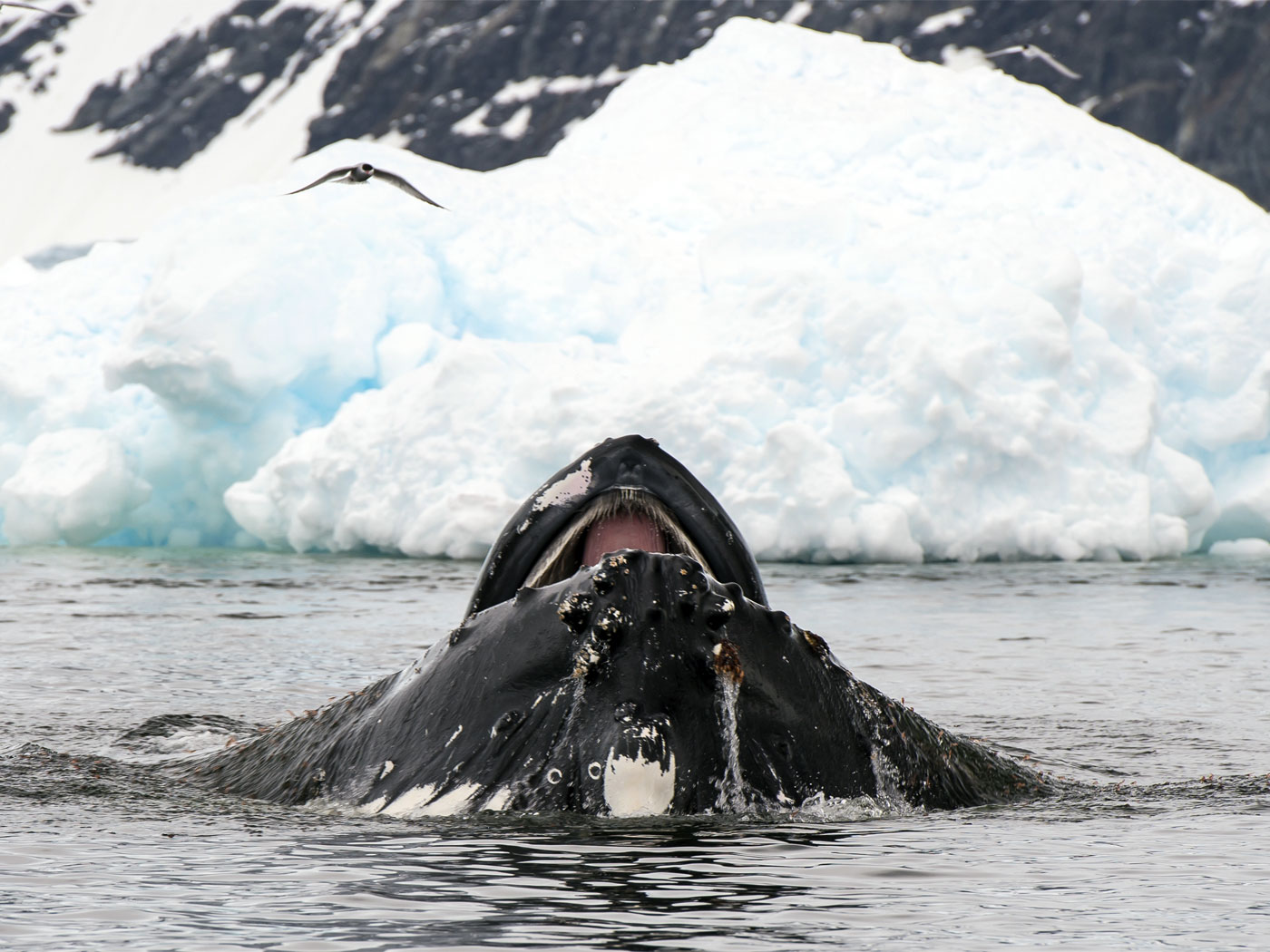Recently, Great Britain has mandated strict lockdown and confinement protocols. Some residents acquired their daily Vitamin D by sitting near windows during hours when sunlight is angled for that result.2 For some, birdwatching can be done by looking through windows. Yet, for others, birdwatching is available online through video monitoring of nesting areas.
In particular, many Brits have recently enjoyed viewing the family life of ospreys.
Bird watchers have turned their eyes from the skies to the [Internet] web as the coronavirus outbreak forces more people to watch rare birds online. Rutland Water Nature Reserve closed in March [2020] to limit the spread of the disease, meaning visitors could not observe wildlife from hides [what American birders call “blinds”]. The Rutland Osprey Project said it had led to greater engagement and connection with people online.3
British birdwatchers don’t take ospreys for granted. Ospreys were extirpated (locally extinct) for about 150 years, until they were reintroduced in 1996, successfully breeding in 2001.4
As migrants, the ospreys arrive in spring, then leave in autumn for Africa, with best online viewing opportunities usually occurring in summer.3 One pair, dubbed “Maya” and “33(11),” began nesting in Rutland during 2015’s summer. This year, they returned from Africa with 23 other ospreys, a welcome increase since the humble beginnings in 1996!3
Last year [2019] saw the 150th wild chick fledge, while this spring Maya and 33(11) have had four chicks, which have been observed feeding on [freshwater] roach, trout and bream.3
The Rutland Osprey Project, run by the Leicestershire and Rutland Wildlife Trust, protects the reintroduced birds. Webcam technology allows many to observe bird-life going about their daily lives.3,4
For stunning wildlife photography, including fish-catching, the project’s website is a goldmine.5
The amount of people watching these ospreys online is surprising.
About 45,000 people logged on the project website between 14 and 20 May [2020]—more than 10 times the total number of visitors who came to see the birds last year—with 87% of those visitors being new users. Between 1 and 21 May, the project's Facebook page also had 2,000 new followers and about 900,000 minutes of its videos were viewed. Most online visitors were from the UK, but the birds were also watched in Canada, Finland, Spain and the US.3
The website for the Rutland Osprey Project is https://www.lrwt.org.uk/wildlife/rutland
-ospreys
Scroll down the homepage to see webcam action of ospreys at Rutland Water Nature Preserve.3
Then appreciate how our amazing God has providentially designed and gifted these magnificent birds, as well as the many fish that these birds enjoy eating.7
References
1. Johnson, J. J. S. Turtles, Birdwatching, and Living Through Tough Times. Creation Science Update. Posted on ICR.org March 30, 2020, accessed June 10, 2020.
2. Telephone communication (May 29, 2020) with Dr. William R. Cooper, creation apologetics scholar (and ICR-SOBA adjunct professor), who resides in Staines, England.
3. Staff writer. 2020. Rutland osprey project grows online audience in lockdown. BBC News. Posted on ICR.org May 30, 2020, accessed June 10, 2020.
4. Staff writer. Rutland Water Osprey Project Marks 20 years. BBC News. Posted on ICR.org July 6, 2016, accessed June 10, 2020.
5. Staff writer. Bird-watchers Catch 'Thrilling' Trout-Hungry Ospreys on Camera. BBC News. Posted on bbc.com July 27, 2019, accessed June 10, 2020. This website includes magnificent action photographs of ospreys. See also the Leicestershire and Rutland Wildlife Trust’s website (which features the Rutland Osprey Project), at https://www.lrwt.org.uk/wildlife/rutland
-ospreys and scroll down the homepage, to see webcam action of Rutland Water Nature Preserve ospreys.
6. Johnson, J. J. S. 2015. Attracted by Magnets and a Bird Book. Acts & Facts. 44(8): 19.
7. See Job 12:7.
*Dr. Johnson is Associate Professor of Apologetics and Chief Academic Officer at the Institute for Creation Research.




